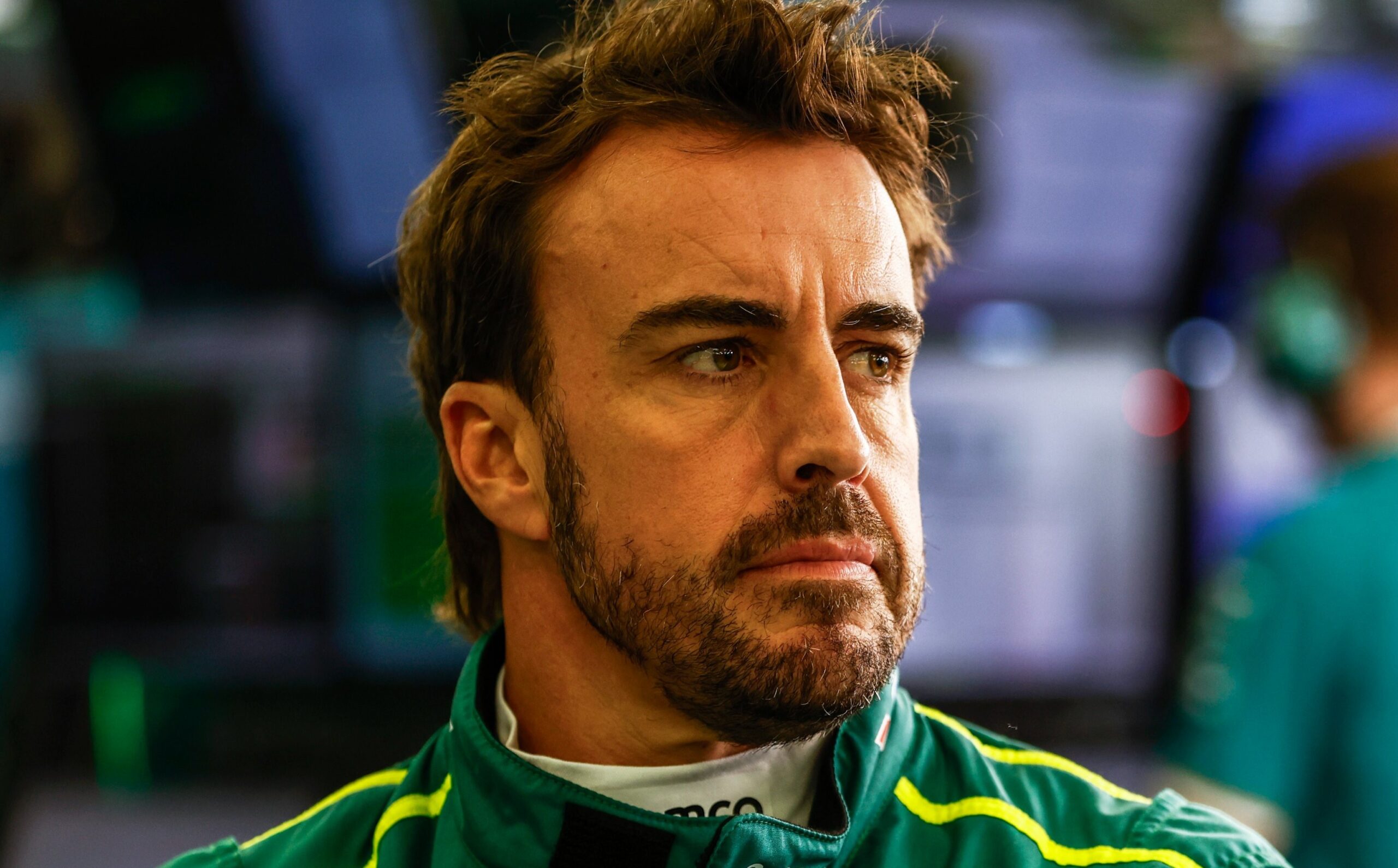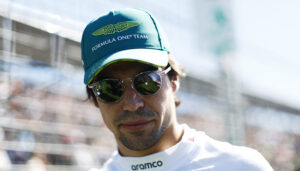The Australian Grand Prix was full of suspenseful moments. The retirement of Max Verstappen and Lewis Hamilton, the Safety Car and even some penalties. What caused a lot of talk was the penalty given to Fernando Alonso at the end of the race.
The penalty given to Fernando Alonso
During the final laps of the race, Fernando Alonso found himself forced to fight against George Russell to defend his position. As analyzed by the images, Fernando Alonso braked earlier than expected in an attempt to defend himself from Mercedes. This risky maneuver would later cause George Russell’s accident. Following a careful analysis conducted by the FIA, the penalty for Fernando Alonso arrived. He was in fact penalized with 20 seconds to serve on the result of the race, thus dropping him to eighth position. On top of that, he also received three penalty points on his license. This was undoubtedly a penalty that sparked the web between approvals and dissents.
Same situations but different penalties
But what should give us pause is perhaps the way in which the FIA applies the rules. There have been many cases like these in the past. Yet, different penalties were applied, some perhaps even ignored.
Max Verstappen got just a 10-second penalty in Jeddah for doing brake testing. Lewis Hamilton caused the collision with Max Verstappen at Silverstone, but he too only got a 10-second penalty. Kevin Magnussen slowed down the midfield for 15 laps in Jeddah and did not receive any penalties.
The maneuver that Fernando Alonso made in trying to defend himself was certainly wrong. Braking about 100 meters earlier with a minimum speed of 60km/h less than the lap before in a fast corner. A certainly dangerous defense maneuver. It is legitimate to brake earlier to have a better exit. But this is still a dangerous maneuver. There is no uniformity, no coherent yardstick. In addition to this, it is important to underline one very serious thing in which the FIA made a mistake.
After the accident, George Russell overturned in his car, remaining stationary in the middle of the track for a few minutes. A truly dangerous situation where the driver himself, through the team radio, requested the red flag. But this one didn’t arrive. Thus putting the pilot’s life in serious danger. The regulations and also the penalties also and above all serve to avoid accidents. But when these are not respected, what security are we talking about?
An unclear regulation
Fernando Alonso certainly deserved the penalty. But why did those who made the same mistake in the past receive different penalties? By doing so, it seems that they want to highlight that there are serious A and series B drivers. What the FIA has been guilty of for several years is that of adopting a poor standard of judgement. This only creates these uncomfortable situations and fuels controversy. We should therefore clarify things with a regulation that is currently being interpreted as one wishes. The rules are the same for everyone, and if someone makes a risky and dangerous maneuver, it is right that they pay. Like everyone else. Formula One is certainly a dangerous sport, but it is even more so when unclear rules exist.
All these examples that I wanted to report only show the inconsistency of the FIA. There continues to be a wrong and unbalanced yardstick for every situation. Fernando Alonso’s move was certainly risky, but why wasn’t the same judgement applied in other very similar situations? A situation that perhaps should be reviewed to avoid certain doubts and controversies again in the future.






